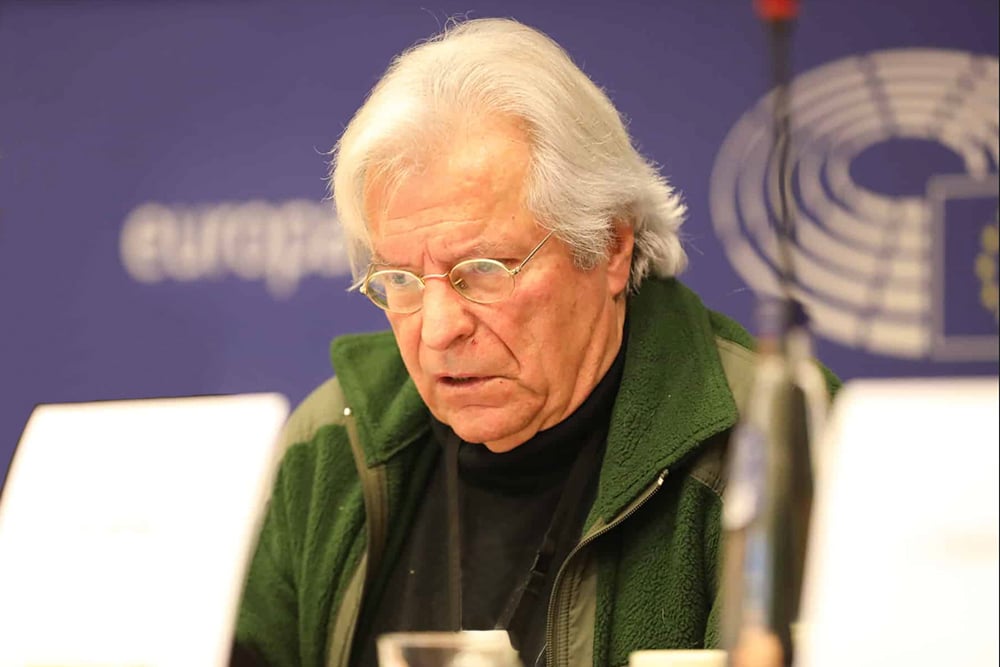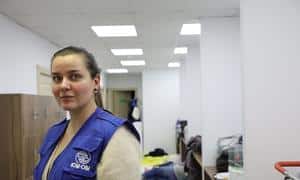Vienna (Austria), 13 February 2023 — In many of the world’s drug crop-growing areas, isolation and poverty are inherent. Farmers in vulnerable populations cultivate illicit drug crops such as coca and opium poppy because they are unable to obtain sufficient income from legal activities. This is due to factors including a lack of available markets for licit crops, an absence of basic infrastructure, and communities being pushed onto marginal land by conflict or natural disasters.
This is the understanding around which the United Nations Office on Drugs and Crime (UNODC)’s concept of alternative development centres. UNODC’s alternative development interventions aim to provide sustainable livelihoods to communities that cultivate illicit drug crops. They also target communities that have stopped illicit cultivation but used to cultivate illicit drug crops in the past or are vulnerable to doing so again in the future.
The programmes have provided development assistance amounting to more than USD 70 million since 2020. UNODC teams have been working in Afghanistan, Bolivia, Colombia, Iran, Lao People’s Democratic Republic (Lao PDR), Myanmar and Nigeria to support entrepreneurship, empower the disenfranchised and help to preserve the environment.
The three phases of UNODC’s alternative development projects
The projects can be divided into three phases. The first is introducing high-value crops and new technologies. Technical assistance provided by UNODC delivers effective food security and product diversification initiatives to mitigate the effects on vulnerable groups of the eradication processes of illicit crops and their substitution for licit crops, in the context of sustainable agricultural development and in harmony with local ecosystems.
The second phase is consolidating farmers’ organizations, ensuring market access and competitiveness, and expanding to further farmers. Crop producers are encouraged to implement improved quality standards and generate sustainable income through strategic and commercial partnerships.
The final stage is ensuring sustainability and transferring responsibilities to communities. UNODC has supported farmers to obtain land ownership certificates, helped women to access land ownership, and educated farmers on sustainable forest management and reforesting valuable forest species to remove the root causes of deforestation in project areas.
These second and third phases are equally as important as the first. As UNODC Executive Director Ghada Waly mentioned during the 63rd session of the Commission on Narcotic Drugs in 2020, “alternative development is much more than switching from one crop to another. It requires creating products for which there is market demand, supporting entrepreneurship, involving civil society, empowering the disenfranchised and preserving the environment. This is truly sustainable development.”
Highlighting the importance of market demand in successful income generation from producing licit alternative products, UNODC is working with partners worldwide to provide producers with access to sustainable markets. One of the prominent success stories has been UNODC’s partnership with the French coffee roaster Malongo to empower communities to grow coffee instead of illicit crops.
UNODC and Malongo’s cooperation agreements
Farmers from the Green Gold cooperative in Myanmar, ASIPAEM (a Spanish acronym for the local association of agroecological producers) in Bolivia, and the Vanmai Coffee Cooperative in Lao PDR directly signed long-term commercial agreements with Malongo, respectively in 2018, 2020 and 2021.
These agreements are forward contracts renegotiated each year according to stock exchange prices. They include provision of a roadmap for technical assistance to help ensure quality control and yields, and a plan to increase export to 400 tonnes over the next five years. In 2022, this partnership exported 300 tonnes of Fairtrade-certified coffee to Europe, generating profitable and sustainable income for thousands of farmer households in Bolivia, Myanmar, and Lao PDR.
As each cooperative has successfully obtained a Fairtrade license, Malongo can ensure that the coffee that reaches consumers is ethical and traceable, and that farmers are guaranteed a fair price for their coffee. Fairtrade certification promotes organic agriculture and supports agroforestry systems, and it prohibits the use of dangerous pesticides and GMO products. It also empowers women and helps each partner organization progress towards gender equity.
Soon, the alternative development programme will also be implemented in Colombia. In October 2022 UNODC and Malongo, in coordination with the Colombian government, selected two coffee-producing organizations, with high potential for quality production, with whom the partners will define a roadmap for technical assistance.
The producers are located in the municipalities of Ituango, in the department of Antioquia, and Miranda, in the department of Cauca. The partners aim to begin exporting Fairtrade premium coffee to Europe in 2023, from areas affected by illicit crop economies, and improving quality of life for 400 households.
Further information
UNODC’s alternative development project with Malongo has been supported by the French Interministerial Mission to Combat Drugs and Addictive Behaviour (Mildeca) in Bolivia, from the governments of Finland and Germany in Myanmar, and by the Germany, Japan, Luxembourg and United States governments in Lao PDR.
This project contributes directly towards the achievement of the following Sustainable Development Goals (SDGs):
- SDG 1 by addressing poverty;
- SDG 2 by fighting hunger;
- SDG 5 by working towards achieving gender equality and ethnic inclusiveness;
- SDG 8 by growing local business and opening access to markets;
- SDG 13 by contributing towards environmental protection; and
- SDG 16 by strengthening institutions and the rule of law.























